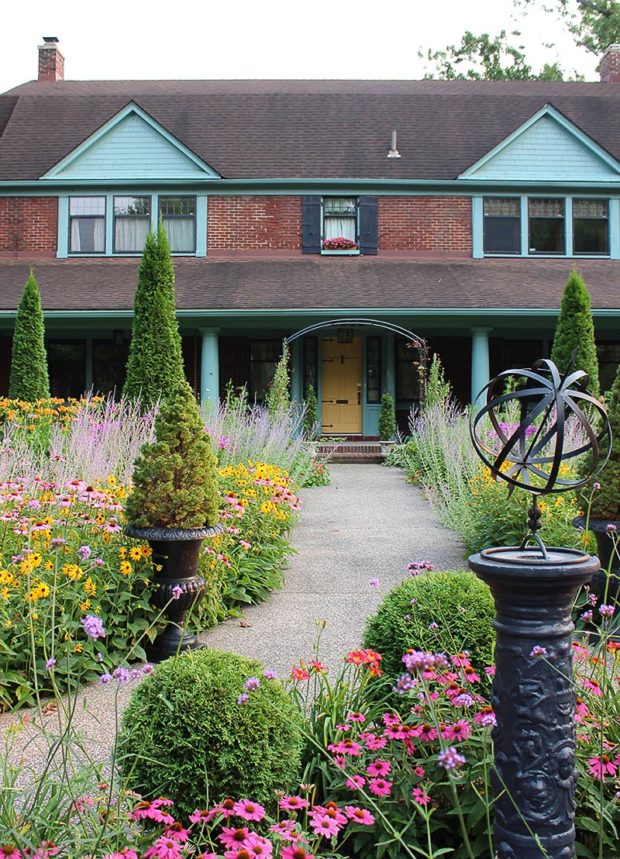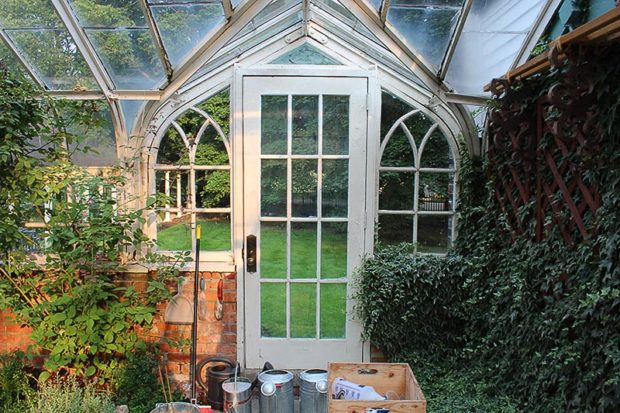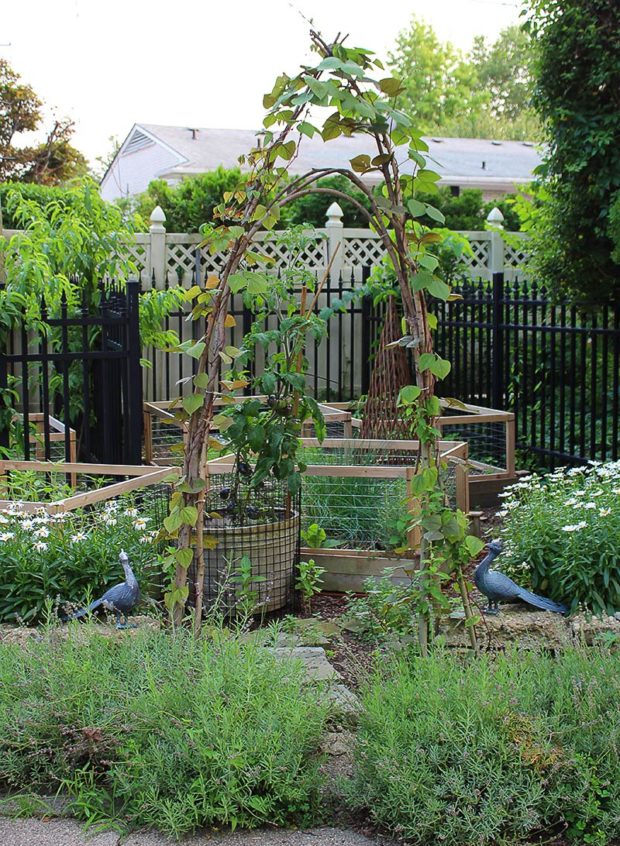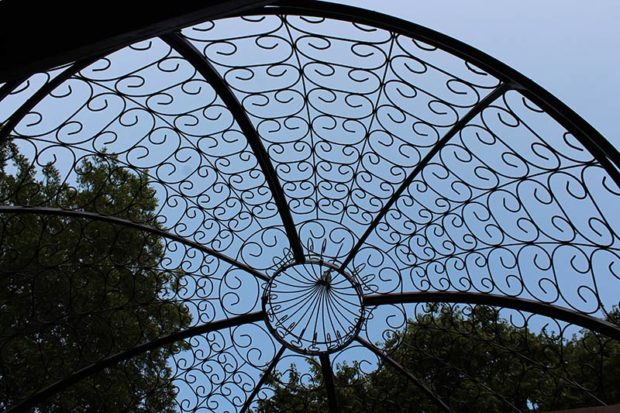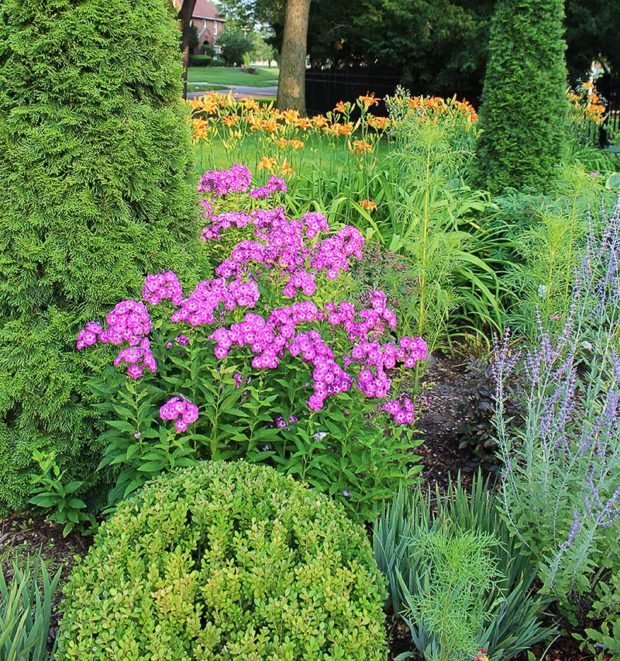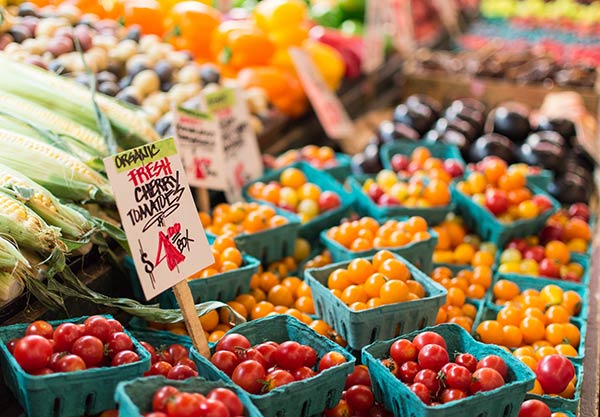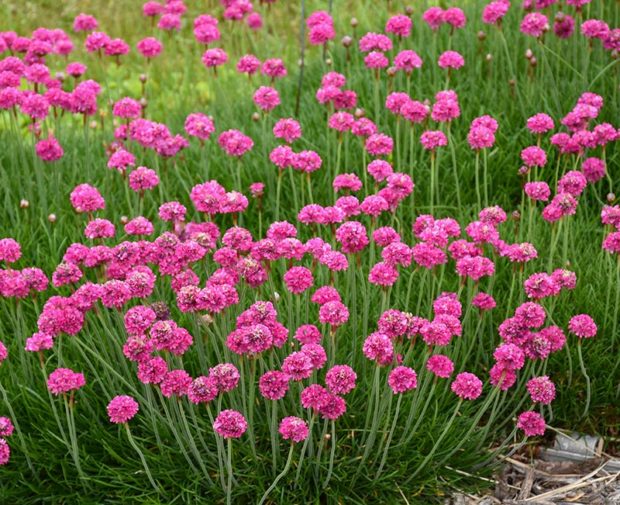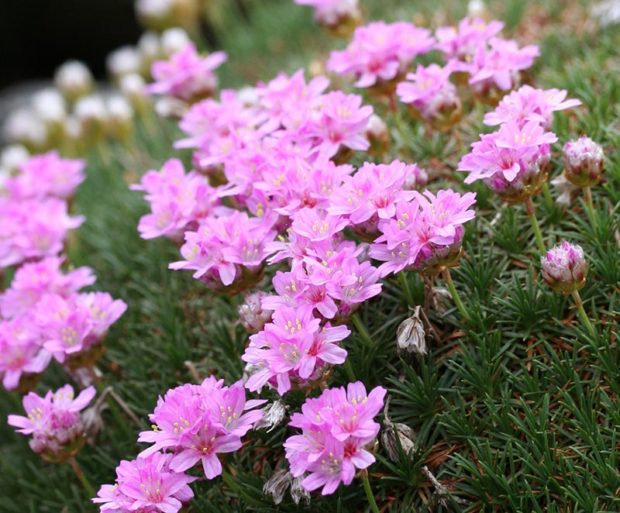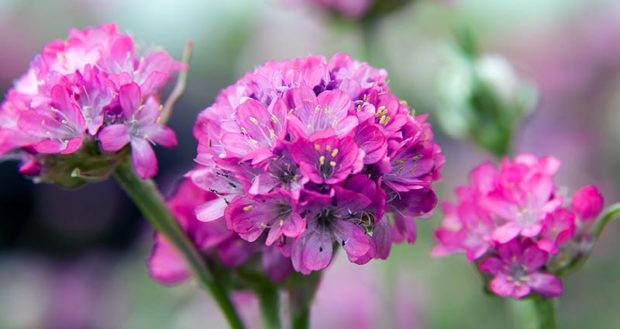Editor’s Note: The following are bonus photos from a profile of Shane Eason and Jac Blanco’s garden featured in the June 2022 issue of Michigan Gardener. To read the full story, pick up a copy of Michigan Gardener in stores or see it in our Digital Edition, which you can read for free by clicking on “Digital Edition” in the upper right corner.
